Bringing a small pet into your home marks the beginning of a rewarding relationship. Whether you’re welcoming a hamster, gerbil, guinea pig, or another pocket-sized companion, proper introduction is crucial for both the animal’s well-being and your peace of mind. These sensitive creatures experience significant stress during transitions, and the first days in your home establish the foundation for your future bond. Unlike larger pets, mini mammals often view the world as filled with potential predators, making thoughtful acclimation essential. This comprehensive guide will walk you through creating a safe, comfortable environment and building trust with your new pet, setting the stage for a positive and enriching relationship that benefits both of you.
Selecting the Right Pet for Your Household

Before bringing home a mini mammal, it’s important to evaluate your living situation, lifestyle, and family dynamics to choose the most compatible pet. Each species has unique needs regarding handling, socialization, space requirements, and lifespan commitments. For example, guinea pigs are social animals requiring daily interaction and companionship, while hamsters generally prefer solitary living with nighttime activity patterns. Consider any allergies family members might have, as well as the presence of other pets that might stress or harm a small mammal. Research thoroughly the specific care requirements, including diet, housing, and veterinary needs to ensure you can provide appropriate care for the lifespan of your chosen species, which might range from 2-8 years depending on the animal.
Preparing the Perfect Habitat Before Arrival
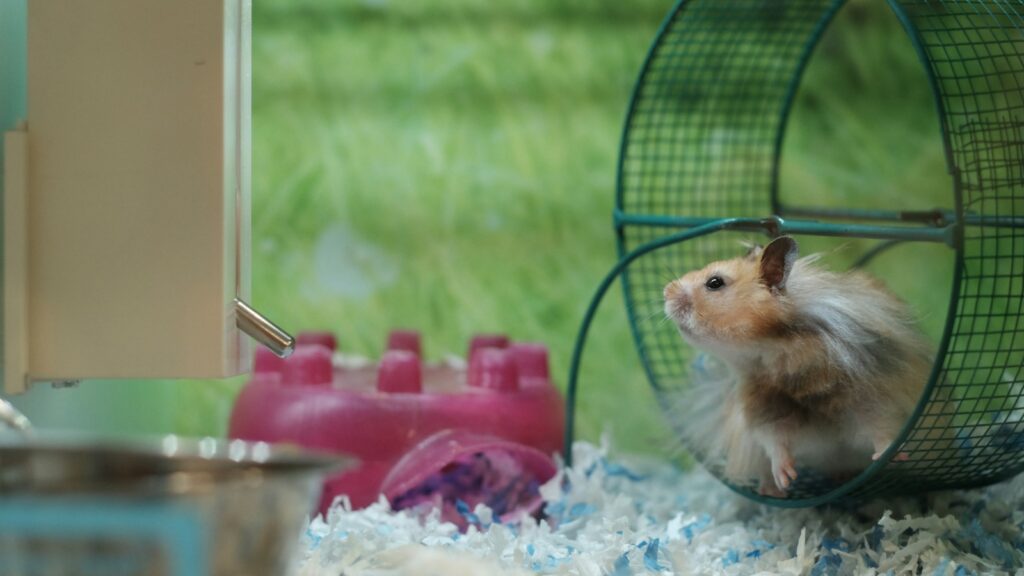
Setting up a complete habitat before bringing your new pet home reduces stress during the transition period. The enclosure should be species-appropriate in size—generally, bigger is better—with proper ventilation and secure closures to prevent escapes. Include appropriate bedding material such as paper-based products, aspen shavings, or specialized small animal bedding, avoiding cedar and pine, which contain harmful oils. Add hiding places like small houses, tunnels, or cardboard structures where your pet can retreat when feeling threatened. Position the habitat in a quiet location, away from drafts, direct sunlight, and high-traffic areas that might startle your pet. Set up food dishes, water bottles, and any species-specific requirements like wheels, chew toys, or climbing structures, so everything is ready upon arrival.
Creating a Safe Transport Plan
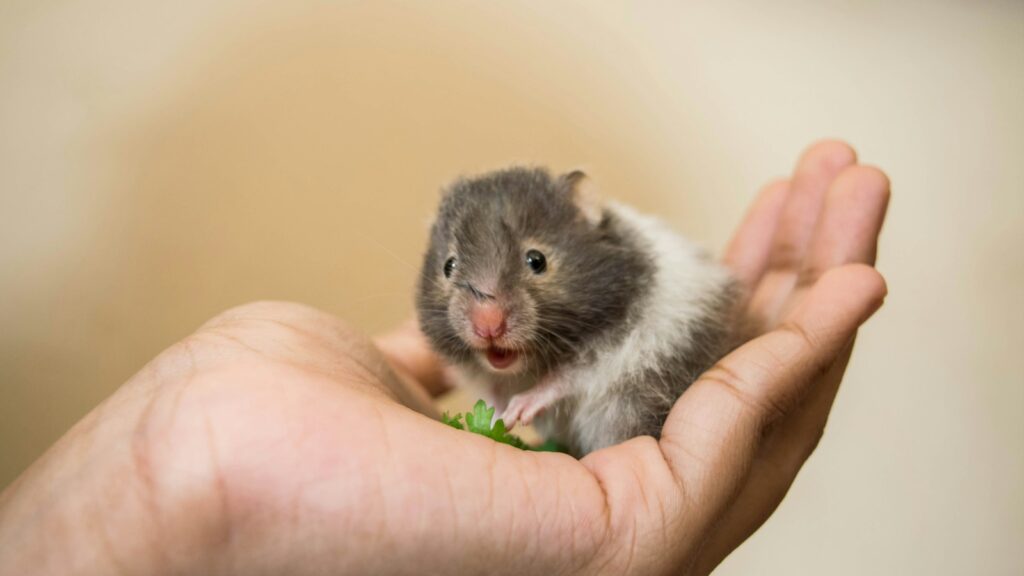
Transporting your new mini mammal requires careful planning to minimize stress. Purchase a small, secure carrier specifically designed for small animals, with proper ventilation and enough space for the animal to turn around comfortably. Line the carrier with familiar bedding from the pet store or breeder to provide comfort and familiar scents during transit. Avoid transporting small mammals during extreme weather conditions, as they’re sensitive to temperature fluctuations; if necessary, use the car’s climate control to maintain a comfortable temperature between 65-75°F. Keep the journey as short and direct as possible, avoiding unnecessary stops or detours, and drive smoothly to minimize jostling that could frighten your new pet.
The Critical First 24 Hours
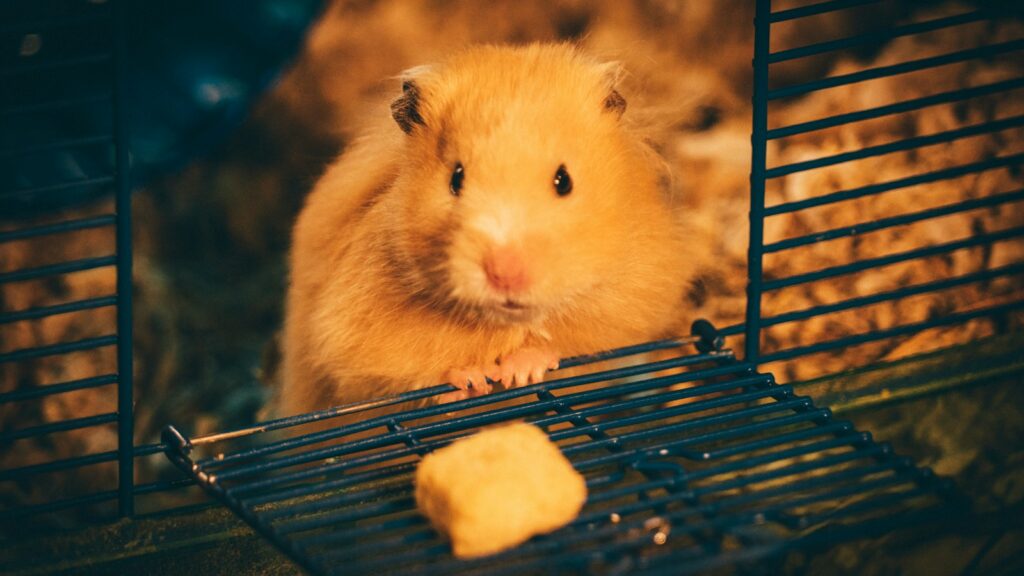
The first day in a new home is incredibly stressful for small mammals, making a gentle introduction vital for their adjustment. Upon arrival, place the closed transport carrier inside the prepared habitat and allow your pet to exit at their own pace, which might take minutes or hours depending on their temperament. Resist the urge to handle your new pet during this period, even if they seem curious or friendly. Provide fresh food and water in easily accessible locations, but expect minimal eating during the initial adjustment period. Keep the room quiet and activity to a minimum, avoiding loud noises, bright lights, or sudden movements that might further stress your pet as they acclimate to unfamiliar surroundings and scents.
Establishing a Proper Quarantine Period
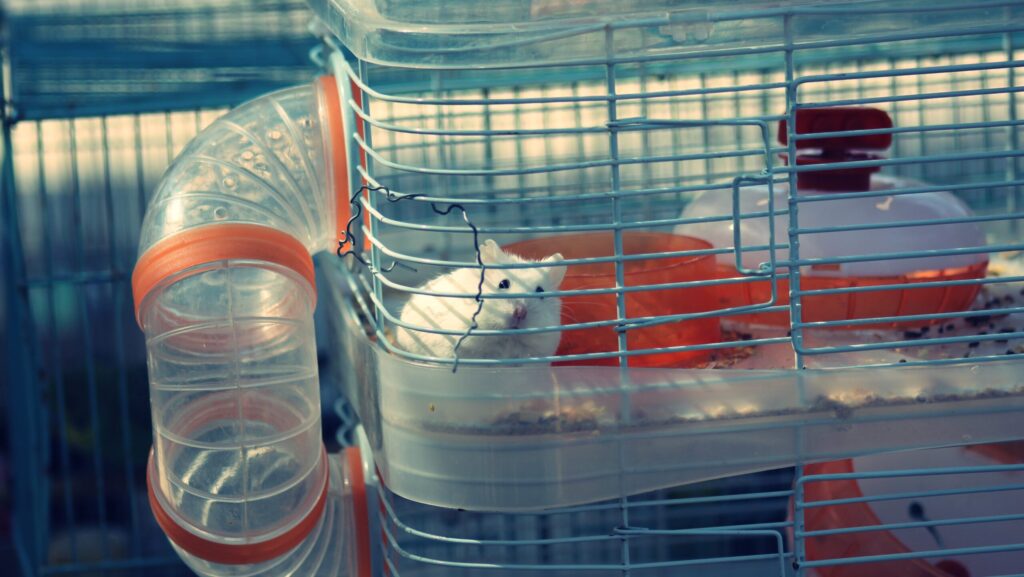
If you have existing pets, implementing a quarantine period for your new arrival is essential to prevent potential disease transmission. Keep the new pet in a separate room, ideally as far as possible from existing animals, for at least two weeks. Practice strict hygiene measures, including washing hands thoroughly before and after handling each animal and using separate cleaning tools and supplies for each pet’s habitat. Watch carefully for any signs of illness, including lethargy, abnormal droppings, nasal or eye discharge, sneezing, or changes in eating habits. This quarantine period not only protects your existing pets but also gives your new animal time to adjust without the added stress of sensing other animals nearby through scent or sound.
Gradual Handling Techniques for Building Trust
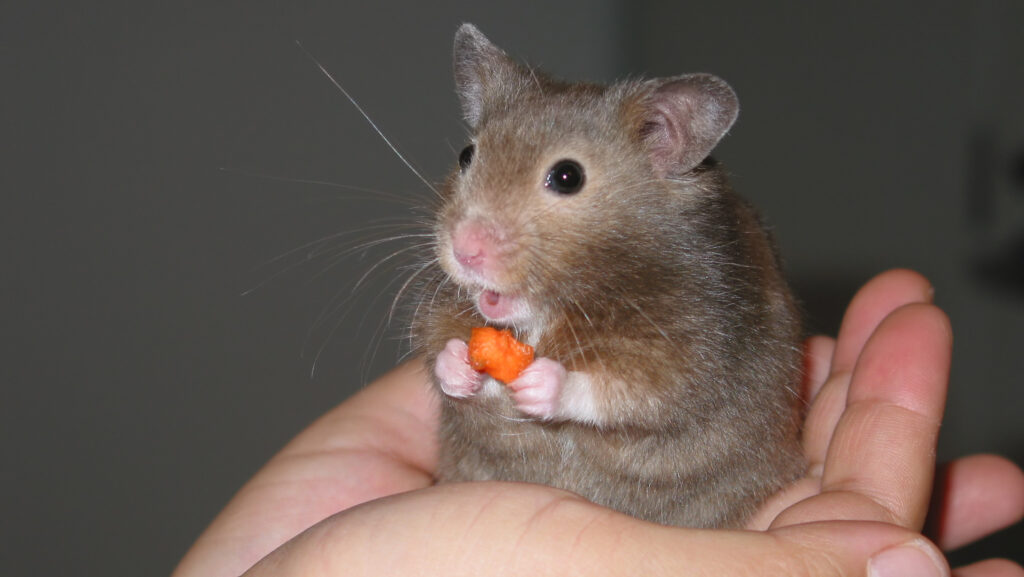
Building a relationship with your mini mammal requires patience and respect for their natural timidity. Begin the bonding process by simply sitting near their habitat and speaking softly so they become accustomed to your voice and presence without feeling threatened. After several days of observation, start offering treats from your hand, allowing the pet to approach voluntarily without grabbing or pursuing them. When your pet seems comfortable with hand feeding, progress to gentle, brief handling sessions, starting with just 1-2 minutes and gradually increasing duration as trust develops. Always support their body properly, particularly their hindquarters, and avoid sudden movements or loud noises that might startle them and damage the developing trust.
Recognizing and Responding to Stress Signals
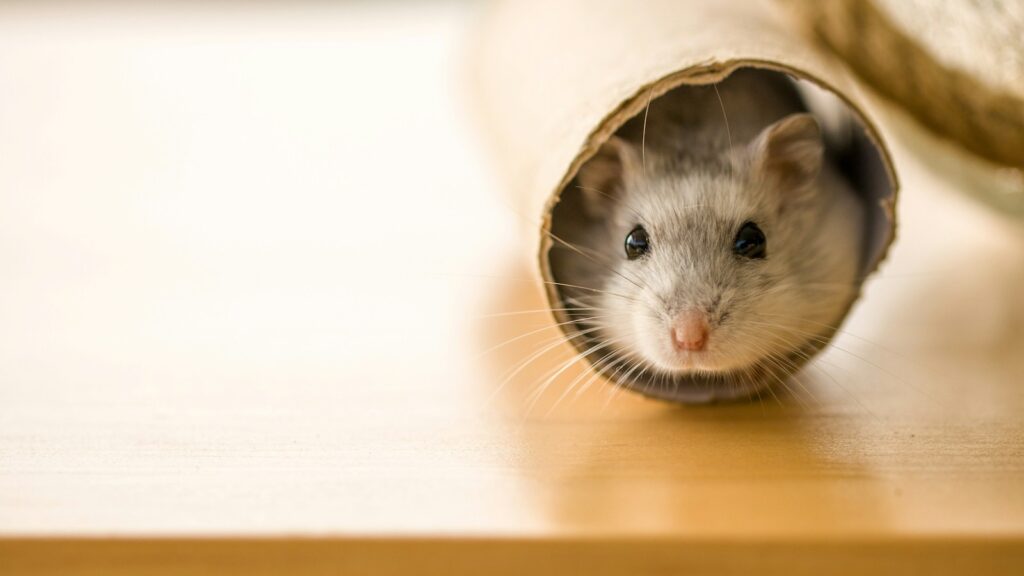
Small mammals communicate discomfort through specific behaviors that caring owners should learn to identify. Common stress signals include freezing in place, excessive hiding, aggression such as biting or lunging, repetitive behaviors like bar chewing, and, in some species, alarm calls or squeaking. Physical signs might include rapid breathing, wide eyes, raised fur, or, in extreme cases, diarrhea or reduced appetite. If you notice these signals, immediately reduce stressors by providing more hiding spots, decreasing handling, minimizing environmental noise, and ensuring the habitat offers sufficient space and enrichment. Never punish a frightened animal, as this only reinforces their fear response and damages trust development. Instead, back away and give them time to calm down before attempting further interaction.
Introducing Proper Nutrition Routines

Establishing healthy eating habits from the beginning supports your pet’s physical well-being and creates positive associations with your presence. Research the specific dietary needs of your species, as requirements vary significantly—hamsters need protein-rich diets with seed mixes, while guinea pigs require vitamin C supplementation through fresh vegetables. Initially, maintain the same food brand used by the breeder or store to avoid digestive upset, transitioning to your preferred brand gradually over 7-10 days by mixing increasing amounts of the new food with decreasing amounts of the familiar food. Establish consistent feeding times that align with your pet’s natural activity periods, which builds routine and helps with monitoring food intake. Offer small amounts of species-appropriate treats during handling sessions to create positive associations, but limit treats to no more than 10% of the total diet to prevent obesity.
Environmental Enrichment for Mental Stimulation
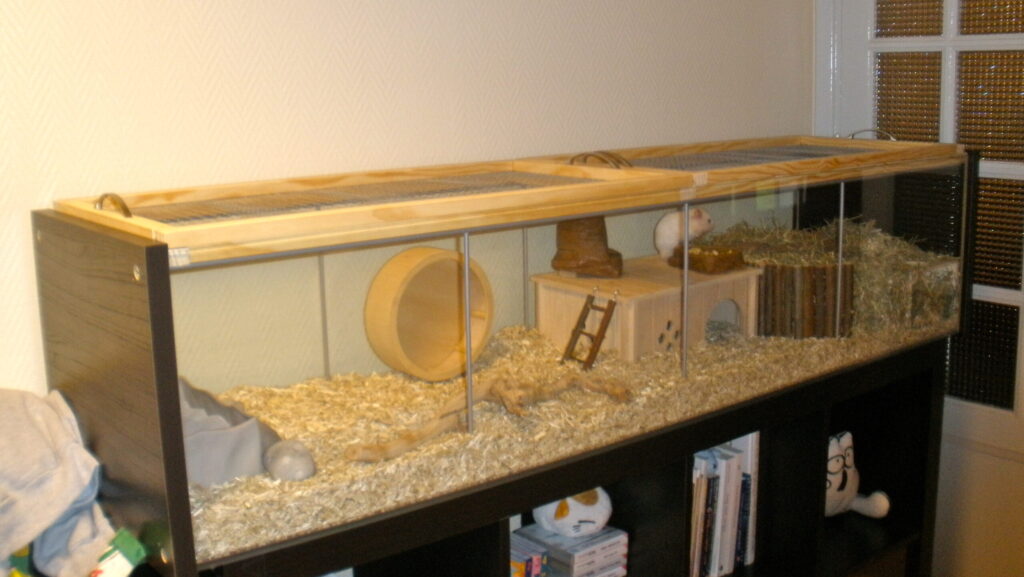
Mental stimulation is crucial for preventing boredom and encouraging natural behaviors in captive mini mammals. Introduce a variety of toys and structures that allow for species-appropriate activities like climbing, burrowing, chewing, and exploring, and rotate these items regularly to maintain interest. Create foraging opportunities by occasionally scattering food throughout bedding or using puzzle feeders that require manipulation to access treats, which stimulates natural food-seeking behaviors. Many small pets enjoy simple homemade toys like cardboard tubes, paper bags (with handles removed), or untreated wooden blocks that provide enrichment without safety hazards. Regularly rearrange habitat features to create new exploration opportunities, but maintain consistent locations for essential items like food dishes and water bottles to prevent confusion or anxiety.
Introducing Multiple Mini Mammals Safely
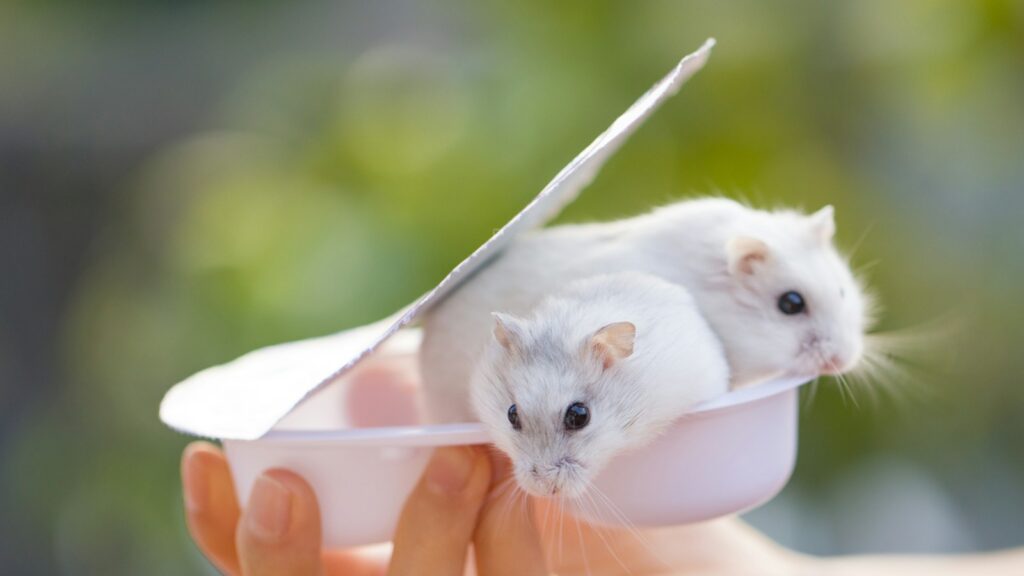
If you’re planning to house multiple small pets together, proper introduction techniques are essential to prevent territorial aggression. Research your specific species’ social needs thoroughly, as some species, like hamsters, are naturally solitary, while others, like guinea pigs, thrive with companionship. For social species, same-sex pairs or groups must be introduced with extreme care, ideally at young ages before territorial instincts develop fully. Use the neutral territory method by placing both animals in a freshly cleaned space that contains no scent markers from either animal. Monitor interactions constantly during initial meetings, looking for positive signs like mutual grooming or peaceful co-existence versus negative signals like chasing, biting, or aggressive posturing. Never force incompatible animals to live together, as this causes chronic stress and may result in serious injuries from fighting.
Pet-Proofing Your Home for Exploration Time
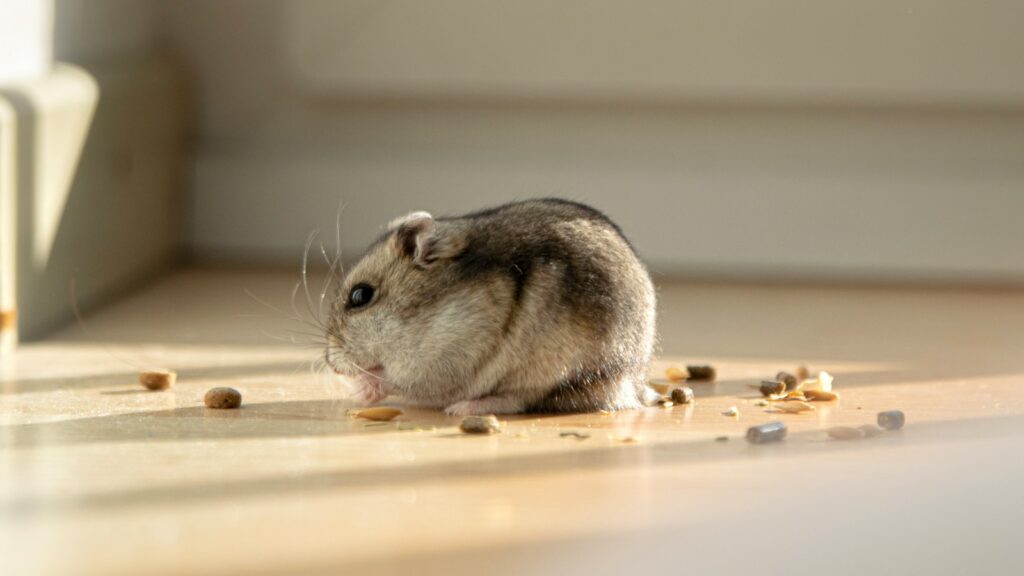
Creating safe spaces for supervised exploration outside the habitat enriches your pet’s life while strengthening your bond. Before allowing out-of-cage time, thoroughly inspect the designated area for potential hazards, including electrical cords they might chew, gaps under furniture or appliances where they could become trapped, toxic plants, and access to dangerous heights from which they might fall. Block off small spaces using barriers and cover electrical cords with protective tubing designed for pet-proofing. Remove other pets from the area during exploration time to prevent predatory reactions even from typically gentle household pets. Always supervise mini mammals during free-roaming sessions, as even thoroughly pet-proofed spaces can present unexpected dangers, and many small pets are masters of finding tiny escape routes or hiding places that might be difficult for humans to access.
Establishing a Relationship with an Exotic Veterinarian

Finding a qualified veterinarian who specializes in exotic or small mammals is an essential step when introducing a new pet to your home. Research veterinary practices in your area that explicitly mention experience with your specific species, as not all vets are trained in the unique health needs of pocket pets. Schedule a wellness check within the first two weeks of bringing your pet home to establish baseline health parameters and discuss preventative care routines. During this visit, ask about common health concerns for your species, appropriate weight ranges, dental care needs, and any recommended supplements or preventative treatments. Creating this veterinary relationship before any health emergencies arise ensures you’ll have professional support readily available if your pet shows signs of illness, which can progress rapidly in small mammals due to their accelerated metabolisms.
Creating a Long-Term Care Calendar
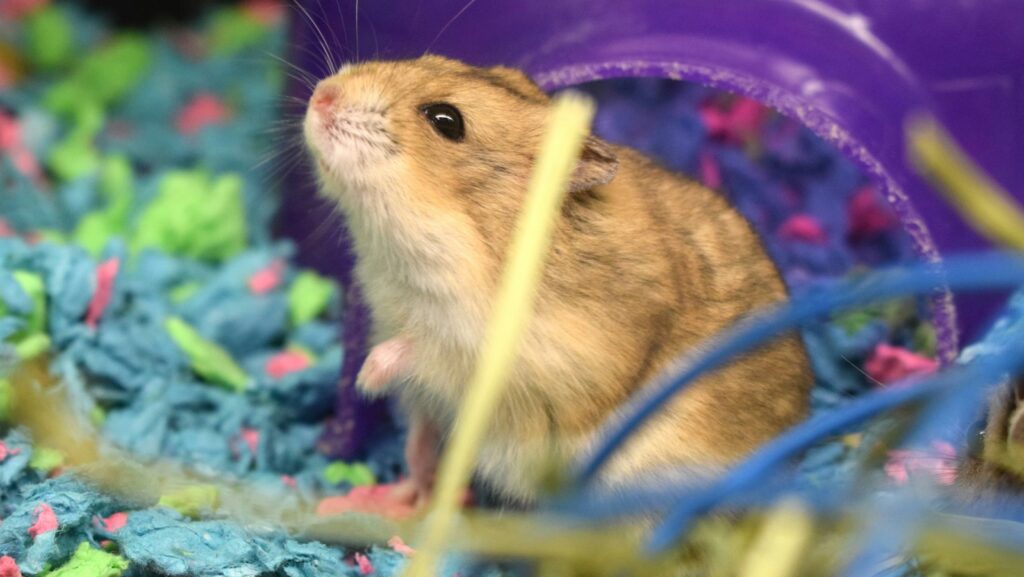
Developing a consistent maintenance schedule helps ensure your mini mammal receives proper care throughout their lifespan. Create a calendar system noting weekly habitat cleaning tasks, monthly deep-cleaning requirements, and regular health check routines including weight monitoring and physical examinations. Track feeding patterns and consumption amounts to quickly identify changes that might indicate health problems. Include enrichment rotation schedules to maintain mental stimulation through regular introduction of new toys or habitat features. For species requiring nail trims, teeth checks, or other regular maintenance, set appropriate reminders at intervals recommended by your exotic veterinarian. This organized approach to care helps prevent oversights in maintenance that could lead to health issues and ensures your new pet receives consistent attention to their physical and psychological needs.
Successfully integrating a mini mammal into your home requires preparation, patience, and understanding of their unique needs. By creating an appropriate habitat, respecting their adjustment period, and building trust gradually, you establish the foundation for a rewarding relationship. Remember that these small creatures experience the world differently than we do—what seems minor to us might feel overwhelming to them. Their small size makes them vulnerable, but with proper care and consideration, they can become confident, engaged members of your household. As your new pet settles in and begins to display their individual personality, you’ll discover the special joy that comes from earning the trust of these charming companions. The effort invested in proper introduction pays dividends in the form of a healthy, happy pet and a mutually beneficial relationship that enriches both your lives.

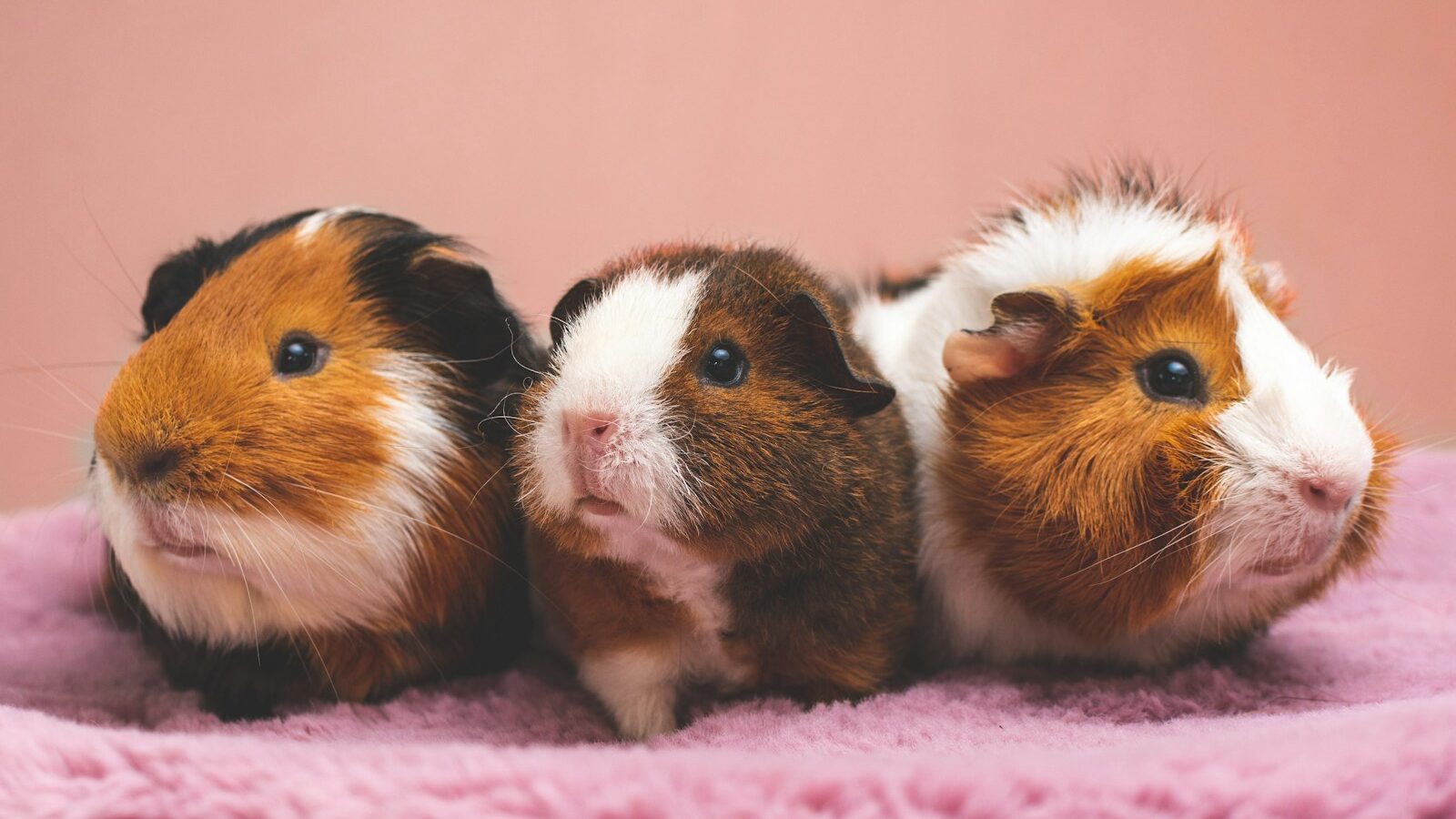
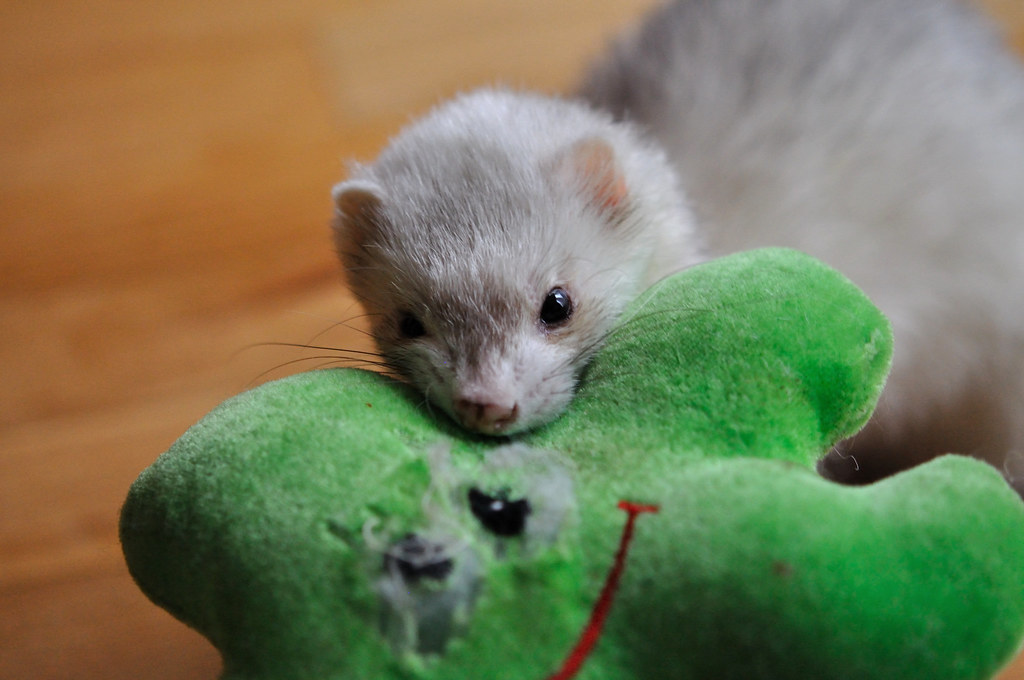
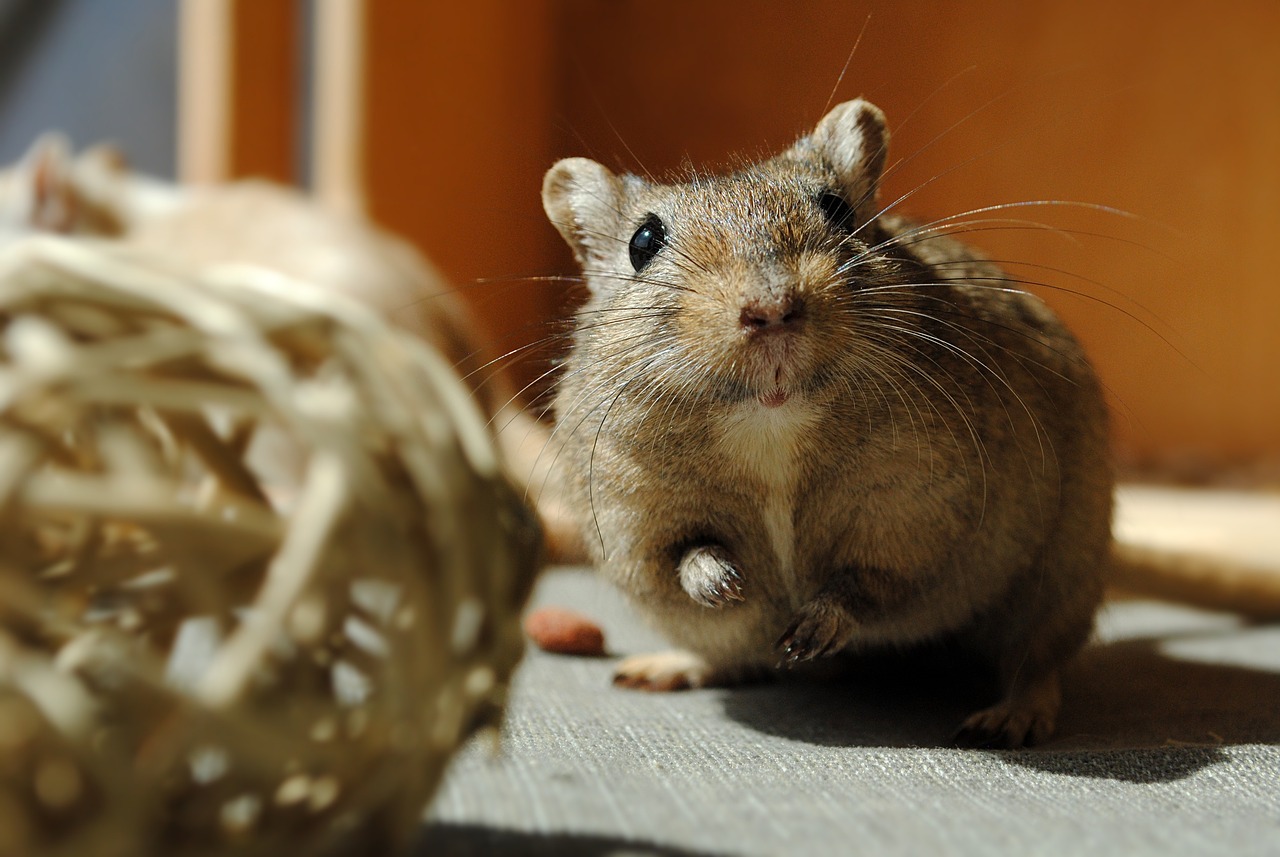

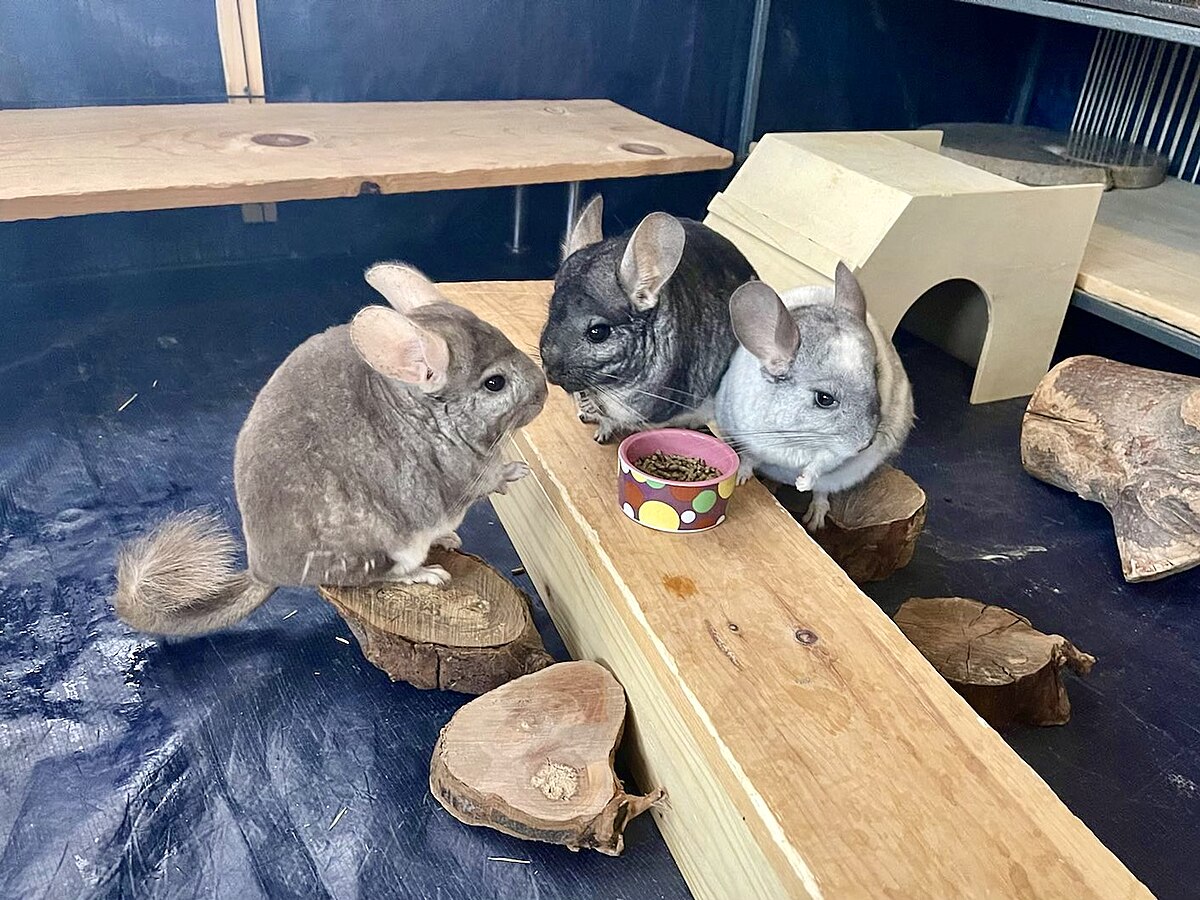
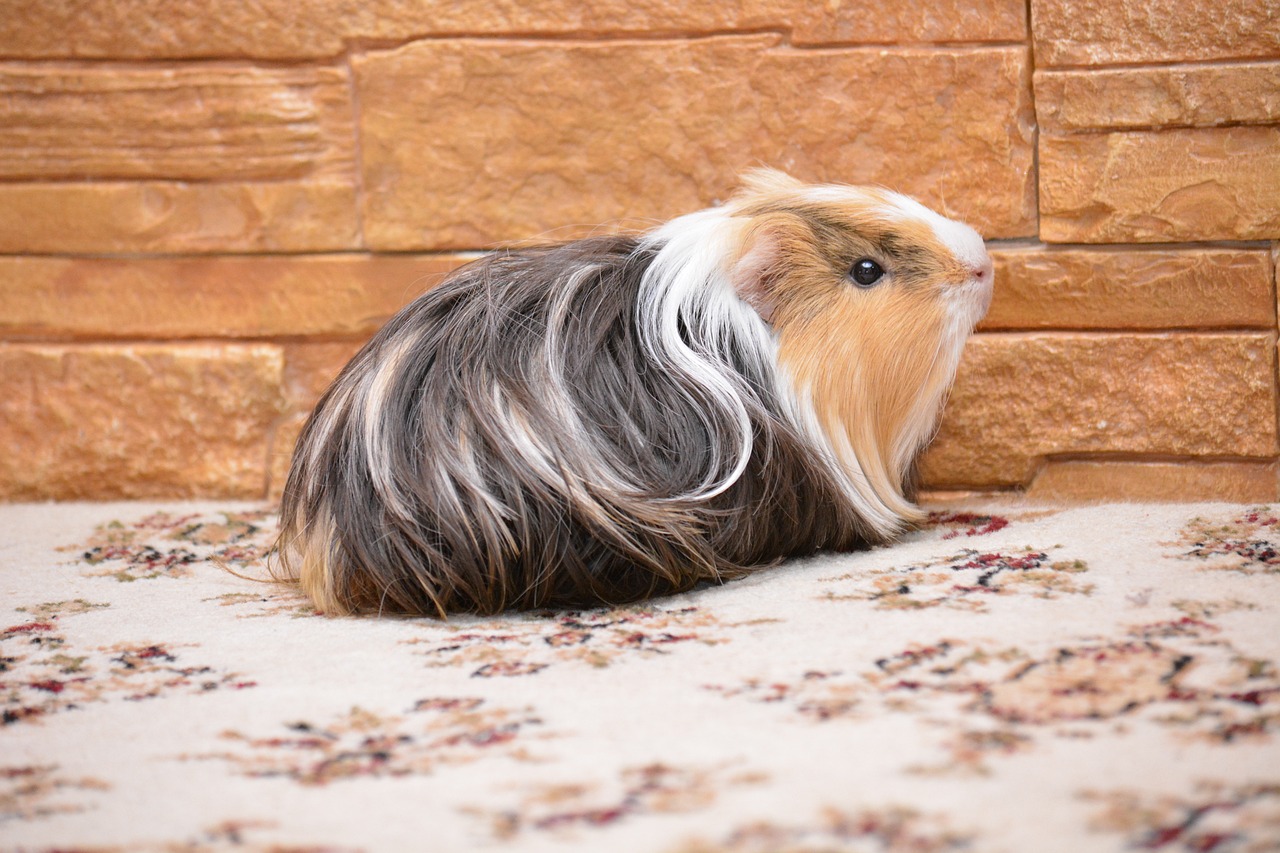
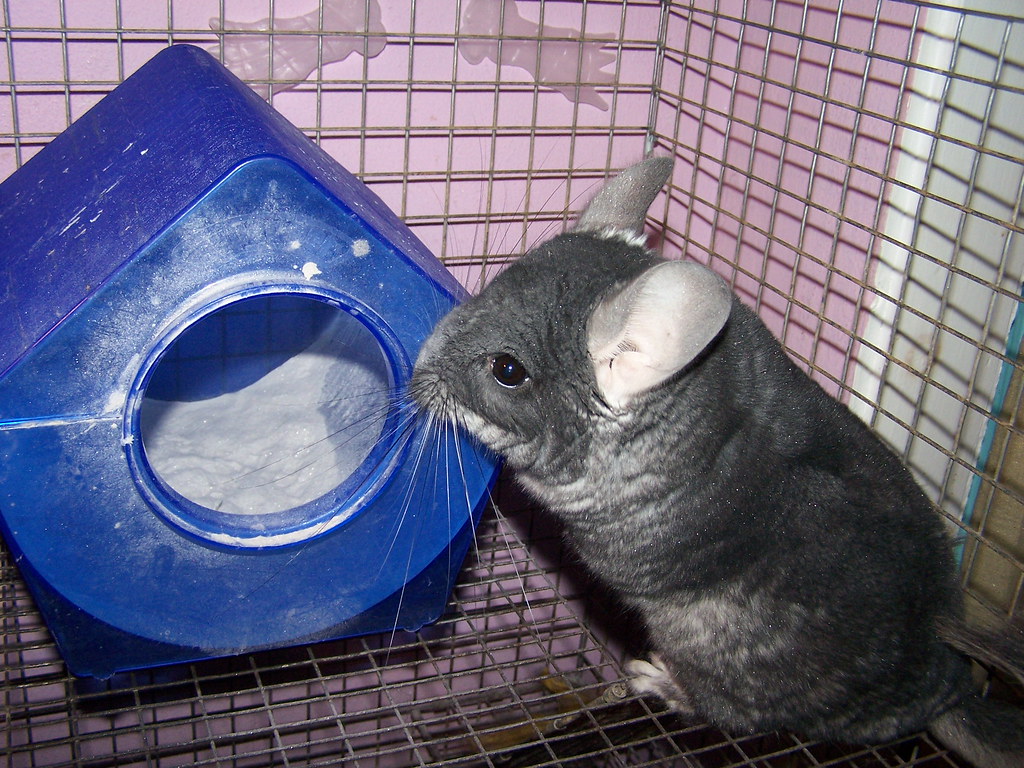

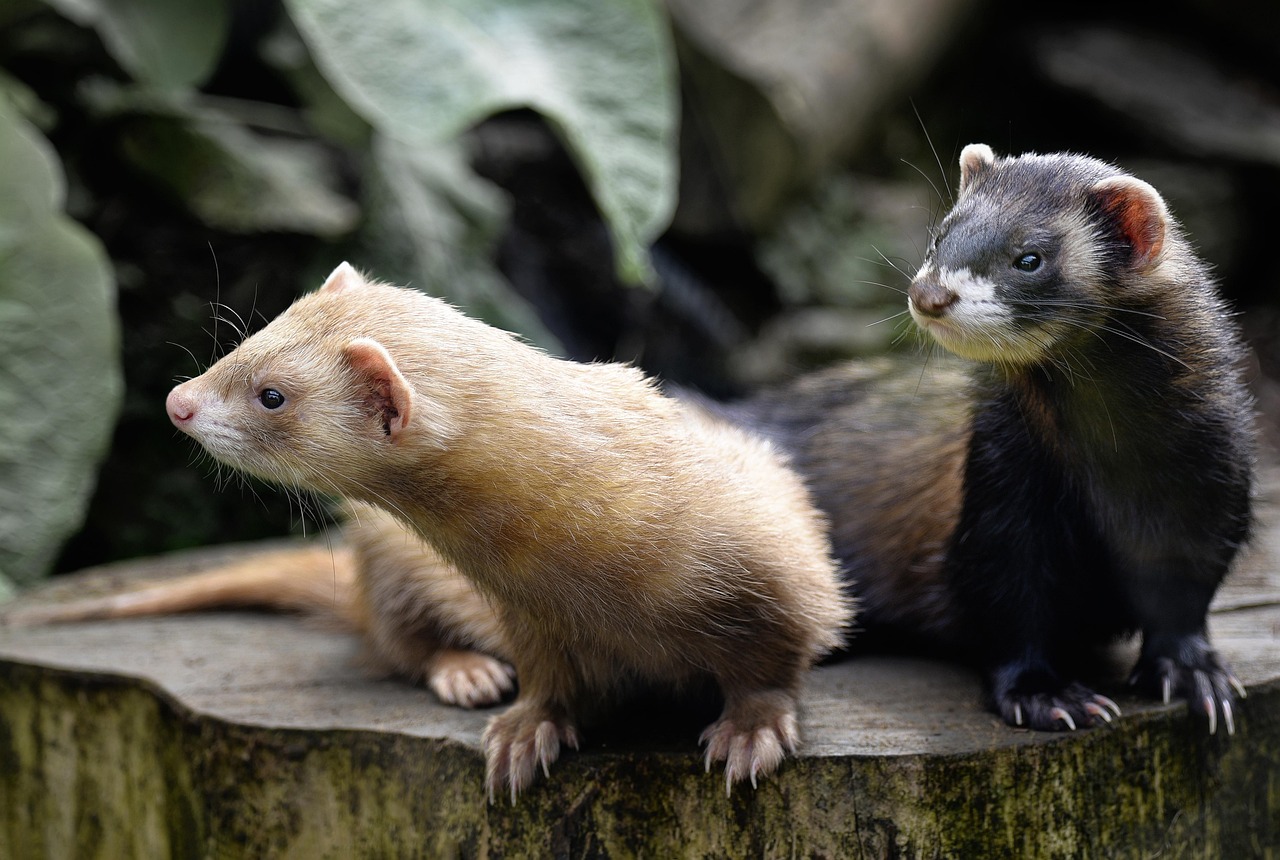
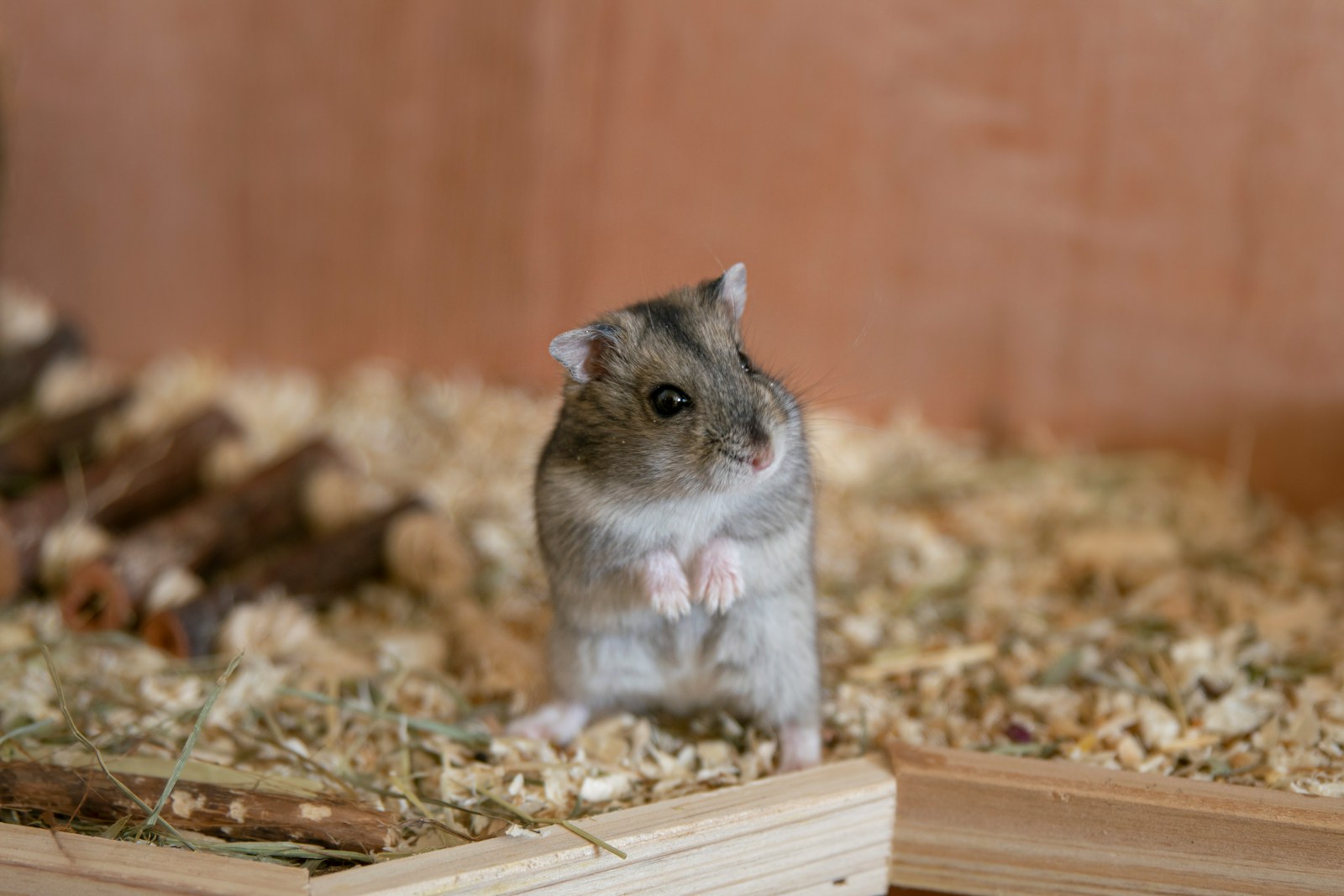
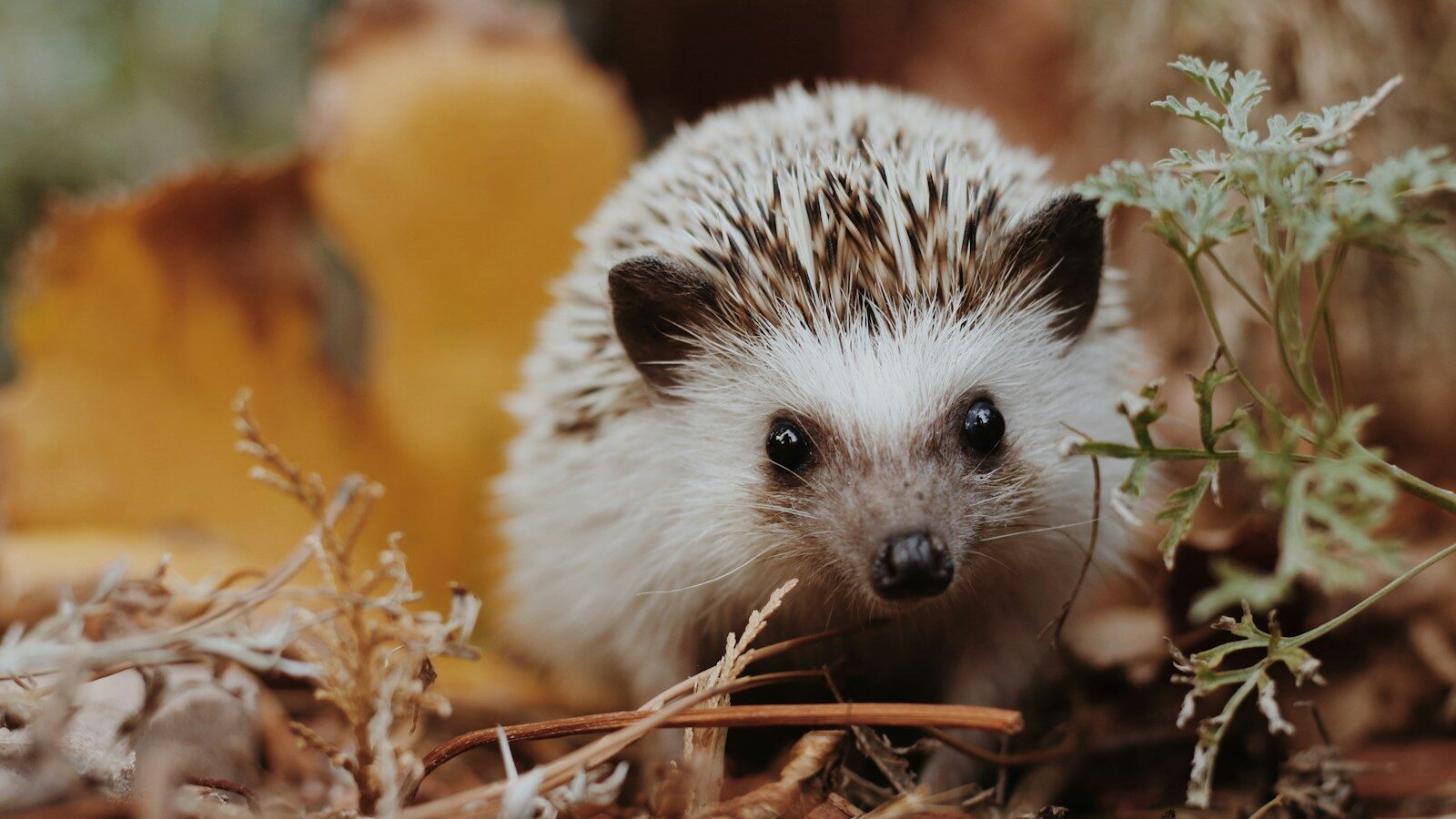




Leave a Reply